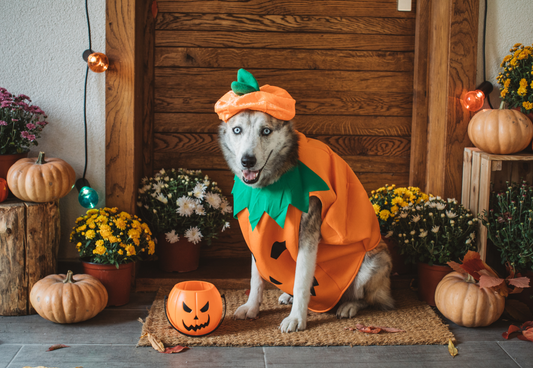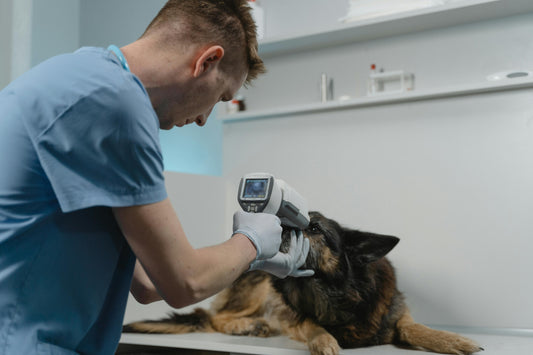If your cat has been acting a bit off lately, avoiding food or pulling away from pats on the head, it could be more than just a mood. Gum disease in cats is one of the most common health problems vets see, and it can cause a lot of discomfort if left untreated.
Let’s unpack cat gum disease: how to spot it early, and what you can do to manage it.
What Does Cat Gum Disease Mean?
Cat gum disease refers to inflammation or infection in the gums. It usually starts with plaque, a soft, sticky layer of bacteria that builds up on your cat’s teeth. Much like humans, if it isn’t brushed away, plaque hardens into tartar, which pushes under the gumline and causes irritation, swelling, and infection.
At first, it may look like your cat just has red gums or bad breath. But over time, gum disease can lead to tooth loss and pain, making eating or grooming difficult.
This condition often shows up as gingivitis, but it can quickly progress into more serious forms like periodontitis or stomatitis.

Types of Gum Disease in Cats
Gum disease in cats is typically broken into four stages. These stages are determined by examining the mouth visually and through dental X-rays. Each stage reflects how much damage has occurred and helps your vet decide on the best treatment.
All stages can lead to bleeding gums, discomfort, and changes in eating or grooming habits.
- Gingivitis: Inflammation of the soft gum tissue without affecting the underlying bone or structures. It’s the earliest and most treatable stage.
- Early Periodontitis: Mild damage with up to 25% loss of the ligament that holds the tooth in place.
- Moderate Periodontitis: Increased damage involving 25% to 50% ligament loss.
- Advanced Periodontitis: Severe attachment loss beyond 50%, often leading to loose teeth or infections.
- Tooth Resorption: A separate but often related condition where the tooth starts to break down from the inside. This can affect both the crown and roots and is usually very painful.
Signs Of Gum Infection In Cats
Because cats are good at hiding pain, gum disease can be tricky to spot. Here are some signs to keep an eye out for:
- Swollen or red gums
- Bad breath (even just a little)
- Difficulty eating or chewing
- Bleeding when eating or brushing
- Drooling
- Pawing at the mouth
- Loose or missing teeth
If your cat avoids their food bowl, chews on one side, or seems grumpy, a sore mouth could be the reason.
What Causes Cat Gum Infections?
A few different things can contribute to cat gum infections:
- Lack of regular dental care (brushing, diet, etc.)
- Genetics (some breeds, like Persians, are more prone)
- Age (older cats tend to develop more plaque and tartar)
- Immune system problems
- Viral infections, such as feline calicivirus
It often starts off mild, just a little gum irritation, but without treatment, it can turn into a full-blown infection.
How Dental Disease In Cats Connects To Gum Issues
Dental disease and gum disease are closely related. In fact, most cases of dental disease in cats begin with gum inflammation. Plaque leads to gingivitis, which, if left alone, moves deeper into the tissue and bone. That’s when you start to see more advanced problems.
Other oral conditions like cat tooth resorption or stomatitis in cats can develop alongside gum disease, making treatment even more urgent.
Gum disease affects more than just the mouth. Bacteria from infected gums can enter the bloodstream and stress organs like the heart and kidneys. That’s why it’s not just a cosmetic issue; it’s a whole-body health concern.
How Vets Treat Cat Gum Disease
If you notice symptoms, your vet will examine your cat’s mouth and might suggest a full dental exam under anaesthesia. This allows them to clean the teeth properly, check below the gums, and spot issues like gingivitis or a more advanced infection.
Treatment options usually include:
- Professional cleaning to remove tartar
- Antibiotics or anti-inflammatory medication
- Pain relief
- Tooth extraction if the damage is severe
Your cat might need follow-up care at home, especially if the infection was deep or widespread.
Cat Gum Disease Treatment At Home
You can do a lot to help your cat recover and prevent gum problems from coming back. Try to:
- Brush your cat’s teeth regularly with vet-approved toothpaste
- Use dental health products like toppers, supplements, chews or treats that help reduce plaque
- Add a water additive or oral rinse to their routine
- Supplement their diet with safe raw non splintering bones,designed to clean as they chew
Finding which cat gum disease treatment your cat will tolerate can take some trial and error, but even brushing a few times a week can make a big difference.
You can also read more about related conditions like cat mouth disease for a broader understanding of feline oral health.
Why Catching Gum Disease Early Matters
Gum disease can sneak up quietly, but the damage builds over time. Catching it early keeps your cat happier and more comfortable and avoids painful procedures down the track.
From mild gum irritation to full stomatitis in cats, prevention and regular care go a long way. A quick dental check could make all the difference if you notice anything off with your cat’s eating, breath, or mood.
For more advice, check out our guides on: is gingivitis contagious in cats and cat tooth resorption.




